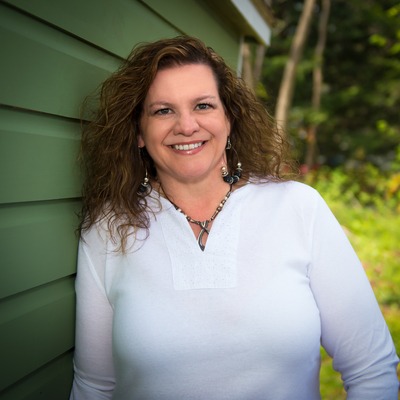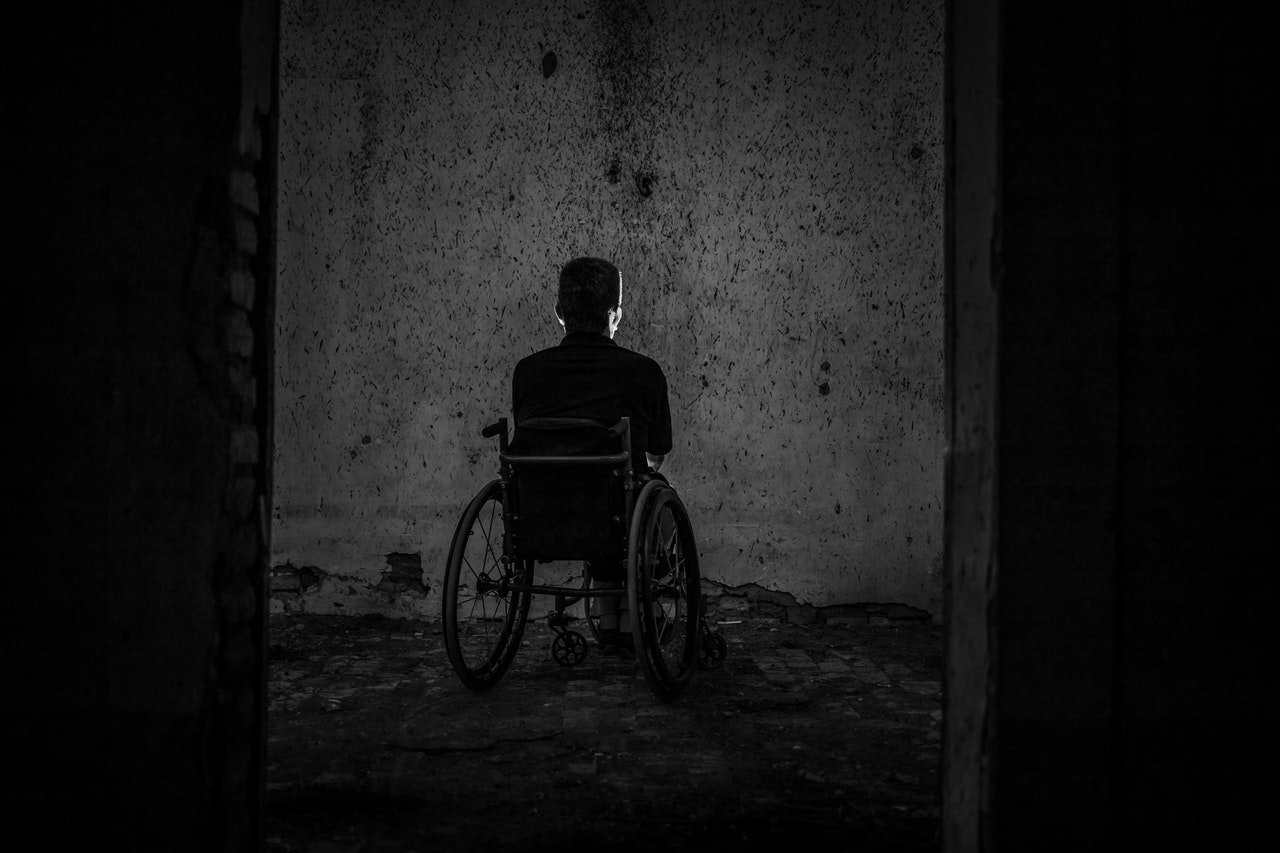Recently, I shared a blog, “My Struggle with the Word “Disabled” and asked for others to share their perspectives. I am floored by the response. It is my goal, with permission, to elevate and celebrate the stories that have been shared with me. In this second installment in this series, Hillary Goldthwait-Fowles shares her thoughts on disability. Hillary is an Assistive Technology Specialist with 20 years of experience, an Adjunct Faculty Member at the University of New England, and the brilliant author of One Size Does Not Fit All: Equity, Access, PD, and UDL.
 Americans with Disabilities Act (ADA), “In the context of the ADA, “disability” is a legal term rather than a medical one. Because it has a legal definition, the ADA’s definition of disability is different from how disability is defined under some other laws, such as for Social Security Disability related benefits.”
Americans with Disabilities Act (ADA), “In the context of the ADA, “disability” is a legal term rather than a medical one. Because it has a legal definition, the ADA’s definition of disability is different from how disability is defined under some other laws, such as for Social Security Disability related benefits.”
The ADA defines a person with a disability as a person who has a physical or mental impairment that substantially limits one or more major life activity. Those limitations can be exacerbated by the environment (i.e, lack of curb cuts or elevators) by society, and, as we know, in our education system (i.e, lack of options, choices and scaffolds like requiring a student with limited hand mobility to use a pencil). That’s the ruse. No one performs the same way as everyone else.
It’s just that for people like you and I (the mythical average), the environment is optimized for our experience. We are working within a legal model, a medical model, a social model, and a humanitarian model. Is there a blend of these models? Is one supposedly “better” than the other? I don’t have the answers. Just a desire to honor and celebrate the variability of learners and support my friends in the disability/disabled community in their desire for being seen, heard, valued, appreciated, and accepted for who they are, not for what various constructs define them to be.
The call for educators is to design a learning environment and content that proactively plans for learner variability, accounts for disability, and honors individual autonomy and agency. As we continue to move through this paradigm shift from “power” to “empowered”, these conversations must continue.
Contact Hillary directly at HIllary@hillaryhelpsulearn.com



